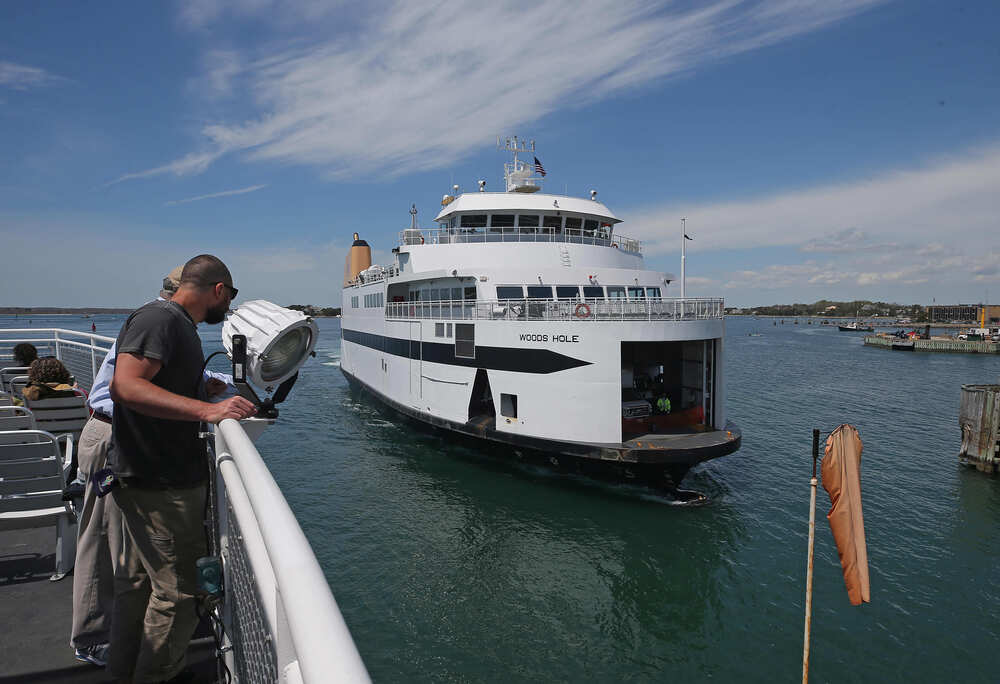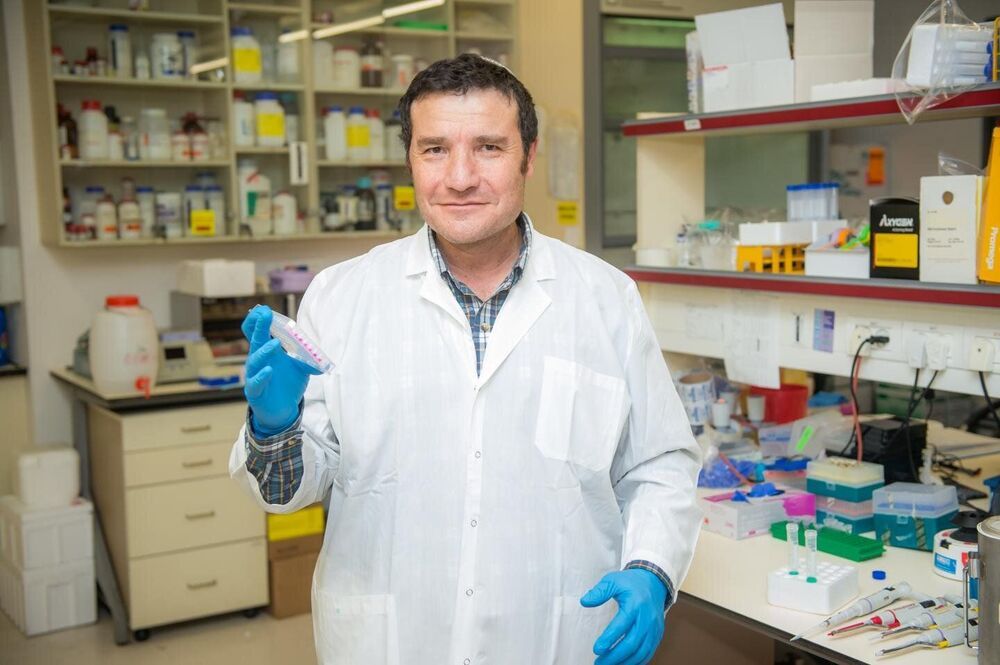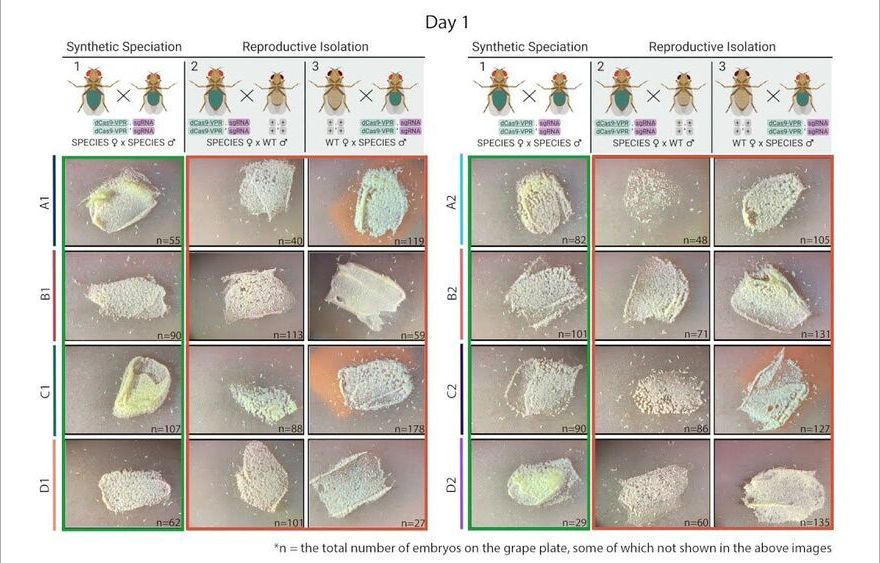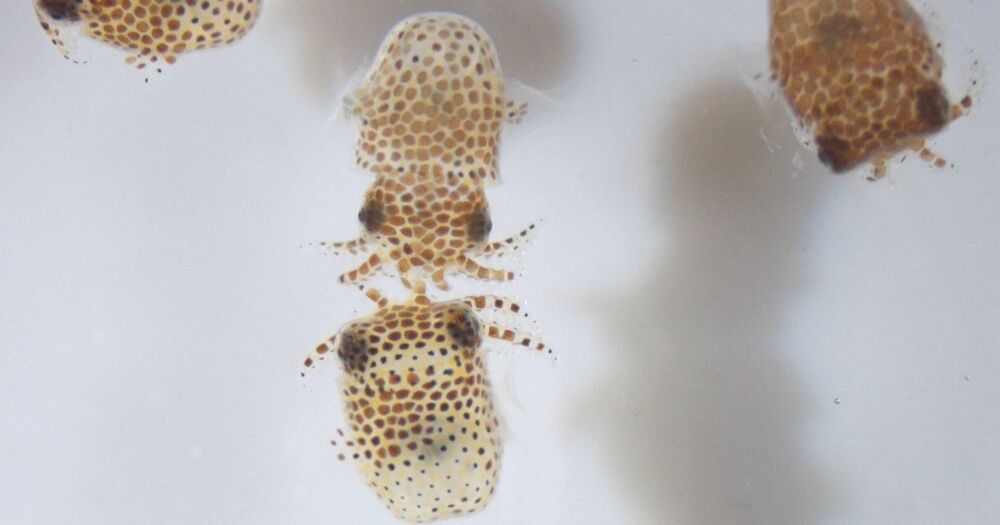While the most recent Windows update was minimal, now Microsoft has something more major in mind, as Satya Nadella suggested to developers last week.
Will the James Webb Space Telescope still make it into orbit this year?
The James Webb Space Telescope may finally actually launch into orbit. Here’s everything you need to know, from launch date to how it works.
Circa 2017
Learn how Stanford Health Care brings together leading-edge technology, innovative research, and world-renowned experts to meet your unique needs.
WASHINGTON — The Steamship Authority of Massachusetts ferry service fell victim to a ransomware attack Wednesday, the latest cyber assault affecting logistics and services in the United States.
The Steamship Authority is the largest ferry service offering daily fares from Cape Cod to neighboring islands Nantucket and Martha’s Vineyard off the coast of Massachusetts, according to the company’s website.
“The Woods Hole, Martha’s Vineyard and Nantucket Steamship Authority has been the target of a ransomware attack that is affecting operations as of Wednesday morning,” the company wrote in a statement, adding that customers may experience delays.
SpaceX is going to be providing more rides to the International Space Station for private astronauts, on top of the previously announced mission set to take place as early as next January. All four of these flights will be for Axiom, a private commercial spaceflight and space station company, and they’re set to take place between early next year through 2023.
SpaceX’s Crew Dragon and Falcon 9 spacecraft make up the first commercial launch system certified for transporting humans to the ISS, and they’ve already delivered three groups of NASA astronauts to the orbital lab, including one demo crew for its final qualification test, and two operational crews to live and work on the station. In May, Axiom and NASA revealed the details of their AX-1 mission, the first all-private launch to the ISS, which will carry four passengers to the station on a Crew Dragon to live and work in space for a duration of eight days in total.
NASA and SpaceX will be providing training to all four of the Axiom crews set to make the trip to the station. And while neither SpaceX nor Axiom has shared more details yet on what the other three missions will entail, or when they’re set to take place, four missions in two years technically absorbs all the existing capacity NASA has allocated for private astronaut missions, which is set at two per year, for 2022 and 2023.
Aging is associated with an overall decline in health and increased frailty, and is a major risk factor for multiple chronic diseases. Frailty syndrome, characterized by weakness, fatigue and low physical activity, affects more than 30% of the elderly population. Increasing our understanding of the mechanisms underlying the aging process is a top priority to facilitate the development of interventions that will lead to the preservation of health and improvements on survival and lifespan.
Cumulative evidence suggests that diet and metabolism are key targetable regulators of healthy lifespan. Prof. Haim Cohen, Director of the Sagol Healthy Human Longevity Center at Bar-Ilan University, focuses much of his research on the SIRT6 protein that is involved in regulating many biological processes, such as aging, obesity, and insulin resistance.
In a study just published in the journal Nature Communications, an international team led by Cohen and his Ph.D. student Asael Roichman—together with Prof. Rafael de Cabo, of the National Institute on Aging at the National Institutes of Health, Prof. Manuel Serrani, of the Institute for Research in Biomedicine in Barcelona, and Prof. Eyal Gottlieb from the Technion—report that transgenic mice express high levels of the SIRT6 gene, and show that their life expectancy can be increased by an average of 30% in both males and females. Translated into human terms this means that a 90-year-old could live until nearly 120!
CRISPR-based technologies offer enormous potential to benefit human health and safety, from disease eradication to fortified food supplies. As one example, CRISPR-based gene drives, which are engineered to spread specific traits through targeted populations, are being developed to stop the transmission of devastating diseases such as malaria and dengue fever.
But many scientists and ethicists have raised concerns over the unchecked spread of gene drives. Once deployed in the wild, how can scientists prevent gene drives from uncontrollably spreading across populations like wildfire?
Now, scientists at the University of California San Diego and their colleagues have developed a gene drive with a built-in genetic barrier that is designed to keep the drive under control. Led by molecular geneticist Omar Akbari’s lab, the researchers engineered synthetic fly species that, upon release in sufficient numbers, act as gene drives that can spread locally and be reversed if desired.
The patent describes the complexity of the layers of this so-called bulletproof glass.
Franz von Holzhausen throwing a steel ball at the Tesla Cybertruck’s side window and breaking it, despite the fact that it was supposed to deflect it, went viral for all the wrong reasons. However, even though the window failed the ball test, Tesla will still install laminated armored glass on its truck and thanks to newly released patents, we now know more about how this multi-layered glass works.
The patent states that it should be able to withstand a 2 Joule impact, with only a 10 percent chance of failure (that means it has an IK07 impact protection rating). This means it should be not fail when a 0.5 kg (1.1 pound) mass is dropped on it from 40 centimeters (15.8 inches) nine times out of ten.
For reference, we can go back to the HRNet paper. The researchers used a dedicated Nvidia V100, a massive and extremely expensive GPU specially designed for deep learning inference. With no memory limitation and no hindrance by other in-game computations, the inference time for the V100 was 150 milliseconds per input, which is ~7 fps, not nearly enough to play a smooth game.
Development and training neural networks
Another vexing problem is the development and training costs of the image-enhancing neural network. Any company that would want to replicate Intel’s deep learning models will need three things: data, computing resources, and machine learning talent.
Spoiler alert: some aren’t making it back alive.
The 22nd SpaceX cargo resupply mission will carry 5000 tardigrades and 128 symbiotic squid to the ISS to study the effect of space travel on the human body.









